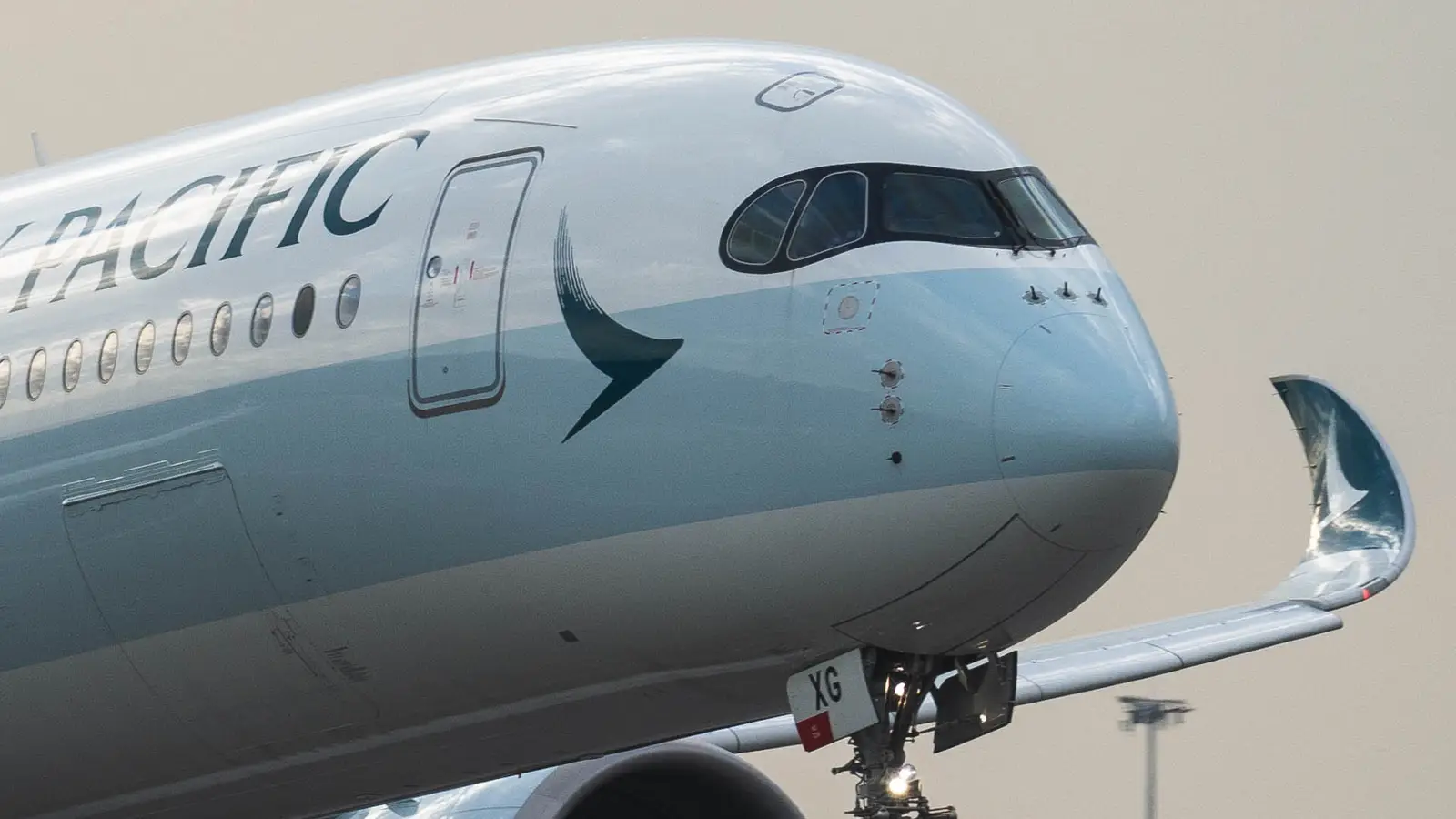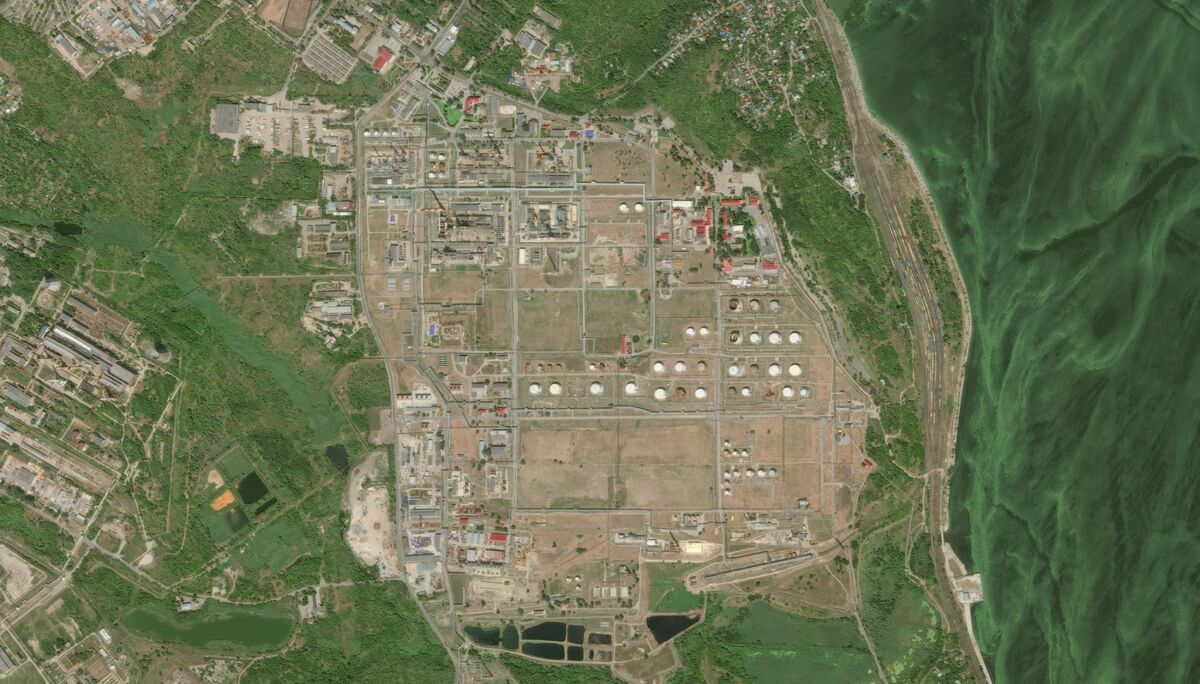
Cathay Pacific has decided to increase its operation between Hong Kong International Airport and Dallas/Fort Worth International Airport barely a year after the route began. The carrier increased its service from four to seven weekly during the winter period. In other words, its Airbus A350-1000s will visit Dallas every day, reflecting strong demand for the new service.
It is unusual for routes to perform exceptionally well during their first few months, as the market slowly becomes aware of the carrier’s presence on the sector. However, information from the US Department of Transportation demonstrates that loads have been sky-high since the route began in April.
From Four Weekly To Daily
Cathay Pacific’s newest route to the United States began on April 23, 2025. It scheduled four weekly flights to begin with and decided to up them to daily as of winter 2025. The daily flights feed Cathay Pacific’s morning hub bank in Hong Kong, with connections to destinations across Southeast Asia.
The new route increases Cathay’s overall December operation to the US by more than 30% year-on-year in terms of flights. This increase is also driven by boosts to all its other US flights except those to Boston and New York-JFK. In total, it will offer 82 weekly frequencies compared to the 61 offered during the same period last year. A schedule filing submitted to Cirium on Saturday also suggested that Cathay would increase its Dallas flights to 11 weekly between November 2025 and March 2026. However, the airline has not confirmed this. Instead, in a statement to Simple Flying, the airline said:
Cathay Pacific is committed to strengthening Hong Kong’s global connectivity as an international aviation hub. Demand for the non-stop passenger service between Hong Kong and Dallas-Fort Worth remains robust since the launch of the service in April 2025, the frequency of flights will increase to daily from 26 October 2025, up from four return flights per week. These additional flights will enable customers to connect to more flights to Belt and Road destinations in Central and South America through Cathay Pacific’s codeshares and other flight options via the Dallas-Fort Worth hub [thanks to American Airlines]. We continue to regularly review our schedule and network, introducing new routes and frequencies in a measured and responsible manner. We will provide more information on any new additions to our network at the appropriate time.
Very Healthy Loads
In April and June, it was the carrier’s best performing route in terms of loads, while in May it was second-best after its flights to New York-JFK. As mentioned, given that routes need time to mature, it is unusual for a new service to do as well as the HKG-DFW route seems to have done for Cathay Pacific.
Indeed, it is not immediately clear what the average fare was for Cathay Pacific. Indeed, high loads could be driven by heavily discounted fares. In other words, load factors are only one metric and don’t point to how high or low yielding a given route is.
Cathay’s performance to the US remains strong according to data from the US Department of Transportation. Between April and June this year, it filled an overall average of 89% of its seats, transporting more than 530,000 passengers across 589,000 seats.
Premium-Focused
The carrier uses an A350-1000 on the route. While we don’t know what its average yield was, about a quarter of the Airbus A350-1000’s seats are in a premium cabin. This includes 46 flat-bed business class seats and 32 in premium economy. The remaining 256 seats are in economy class. With loads as high as they are, Cathay was clearly able to fill at least a portion of its much higher-yielding premium classes, driving revenues upwards.
At the start of August, Cathay described the Dallas route as being “well-received” by customers and reported “strong demand” which prompted the frequency increase to daily. And in a statement to this publication today, it reiterated that demand “remains robust”.



